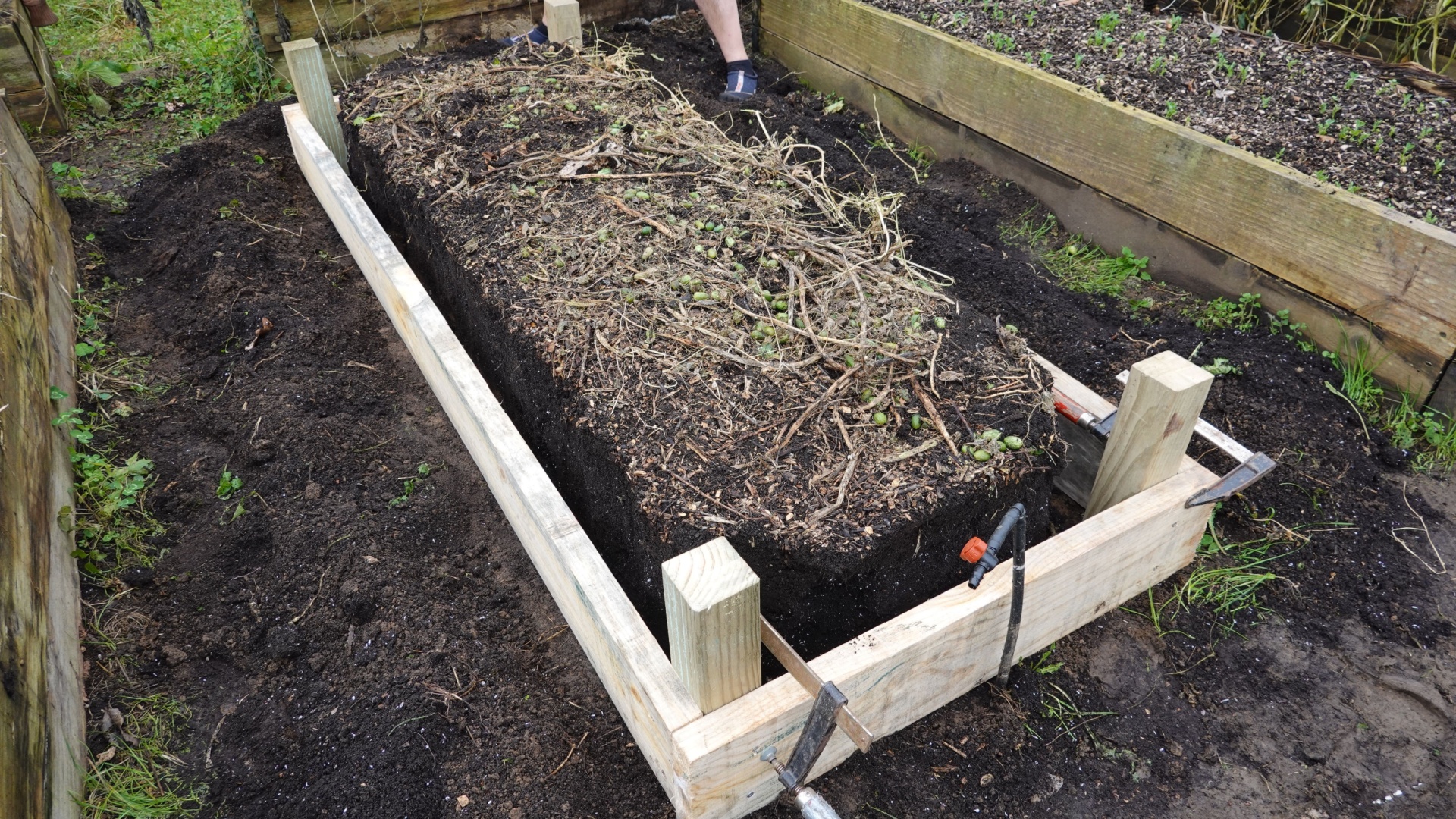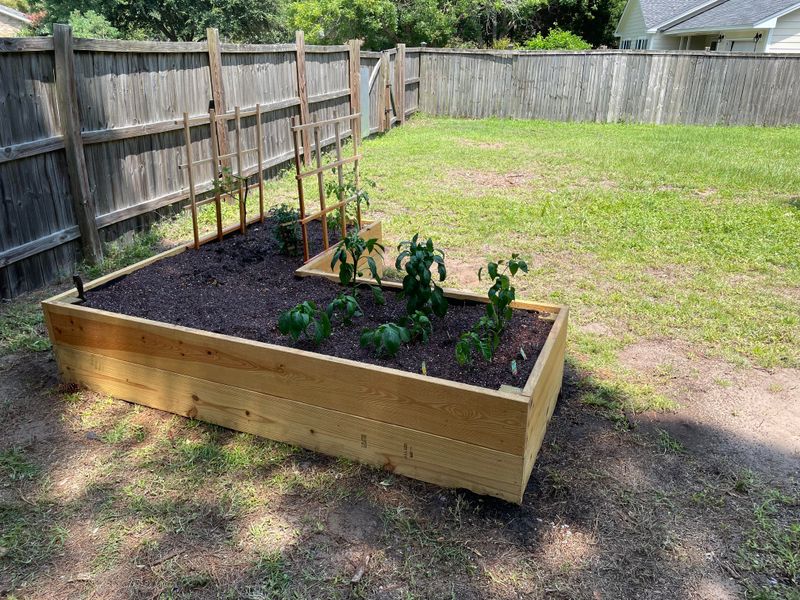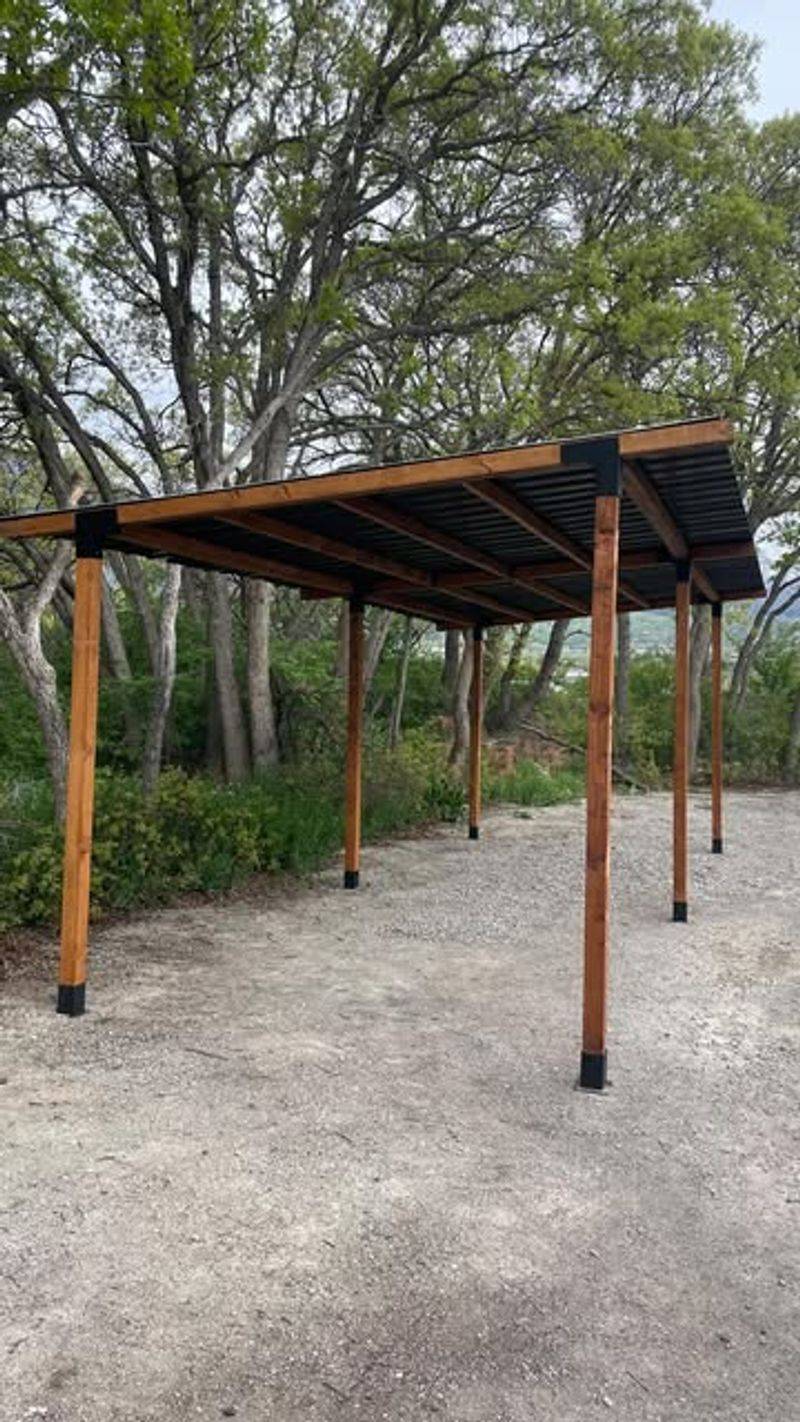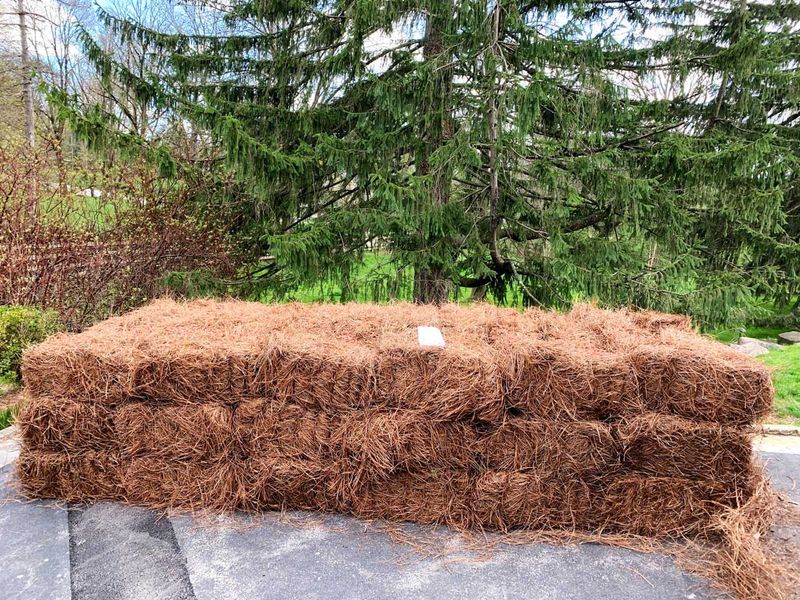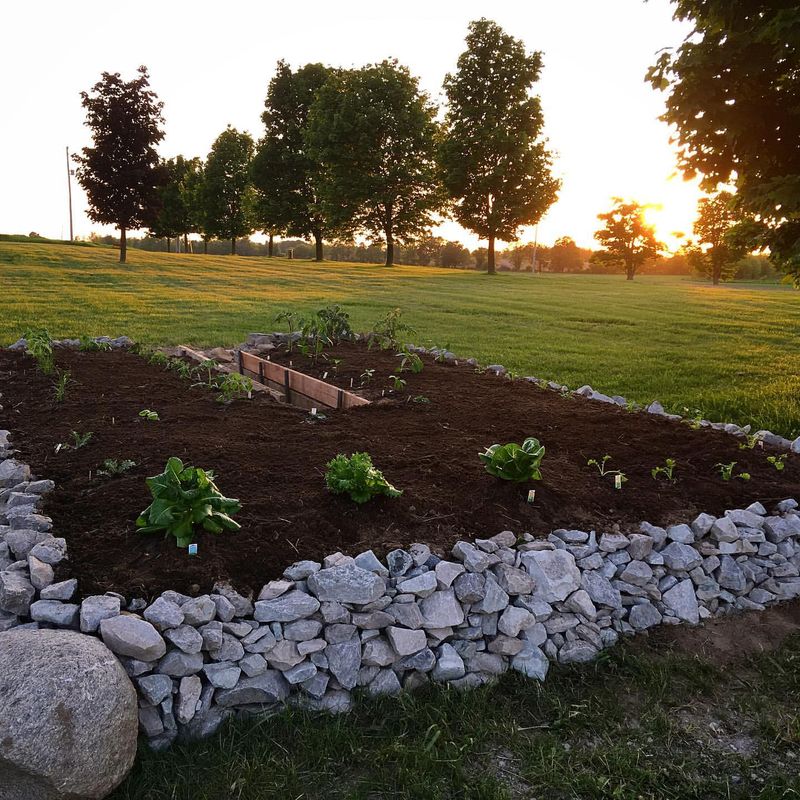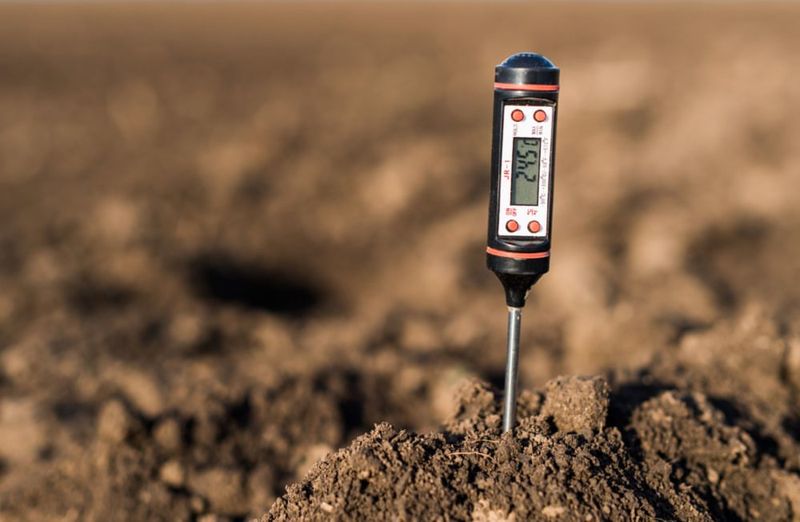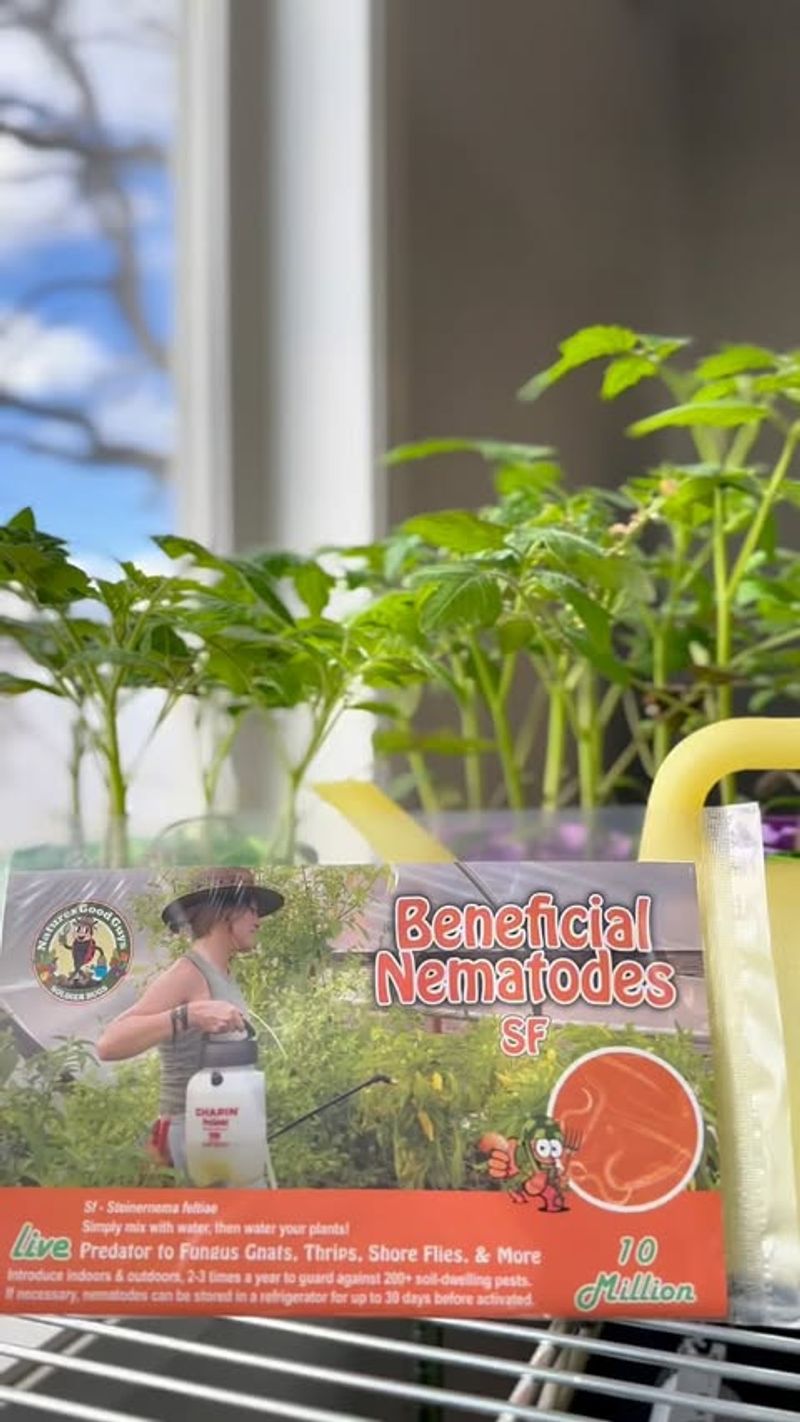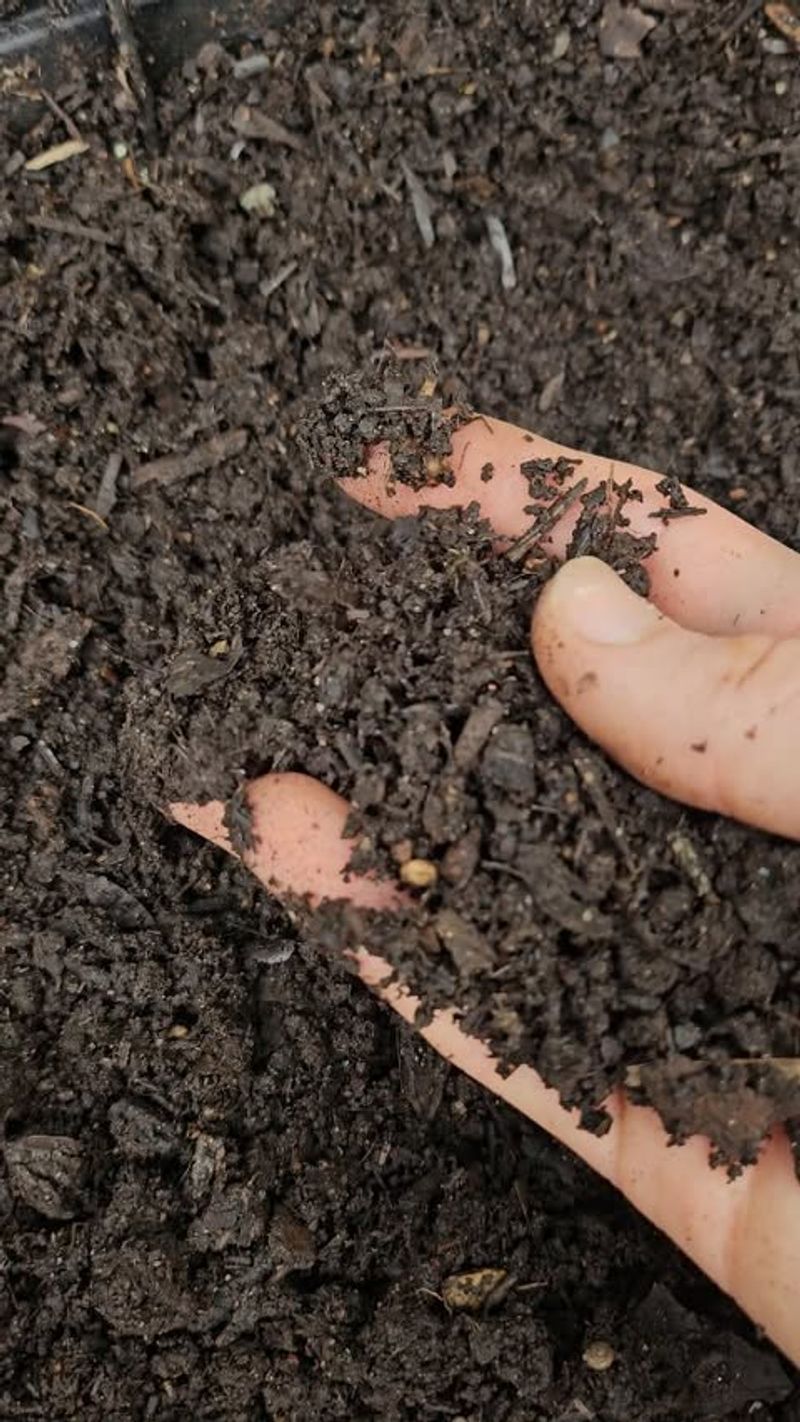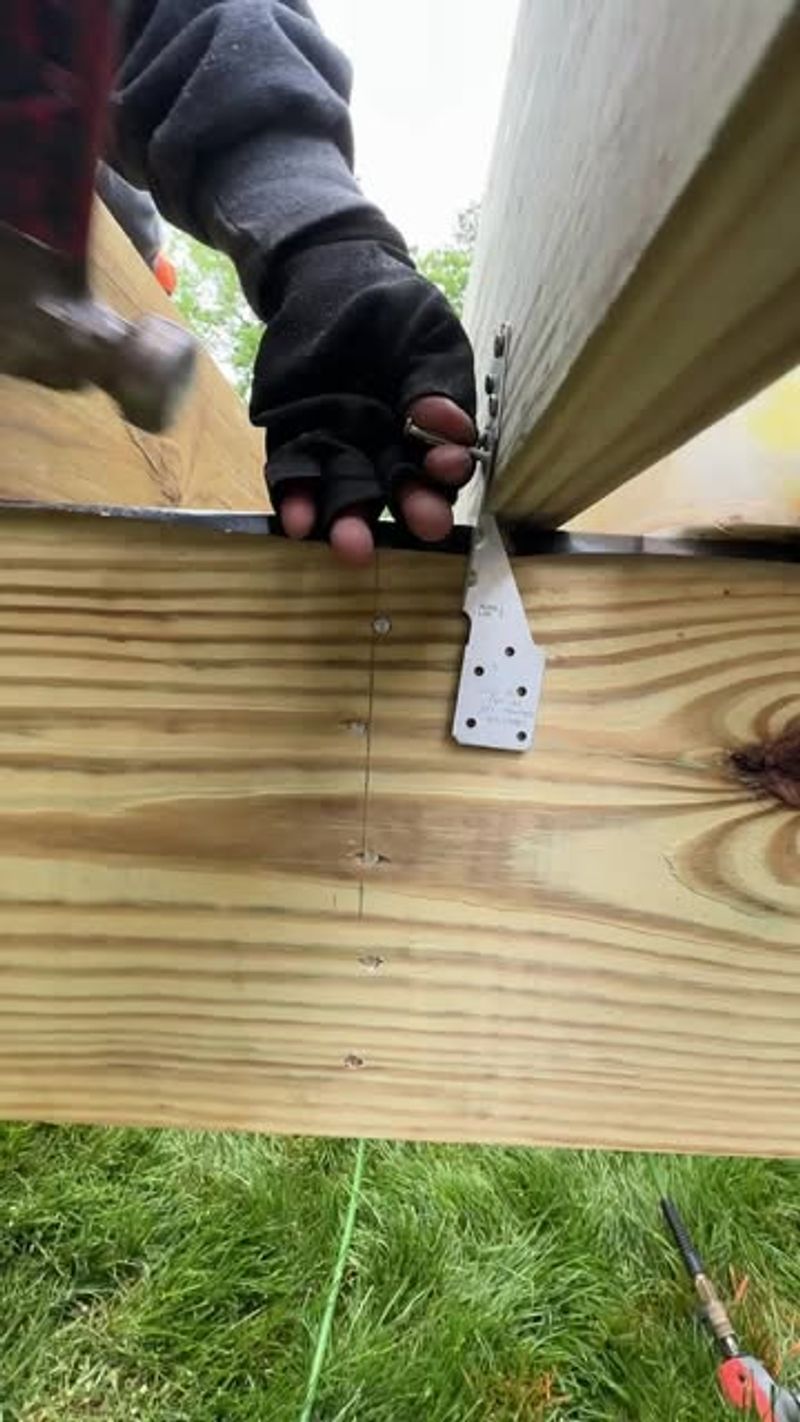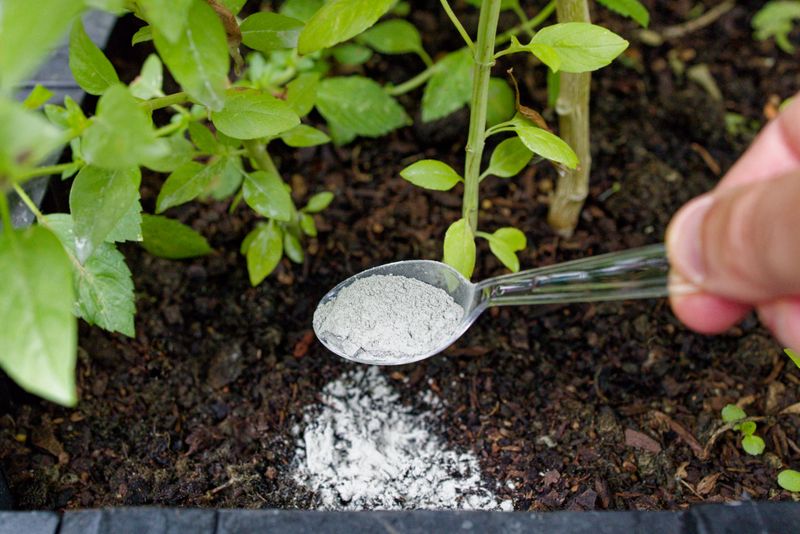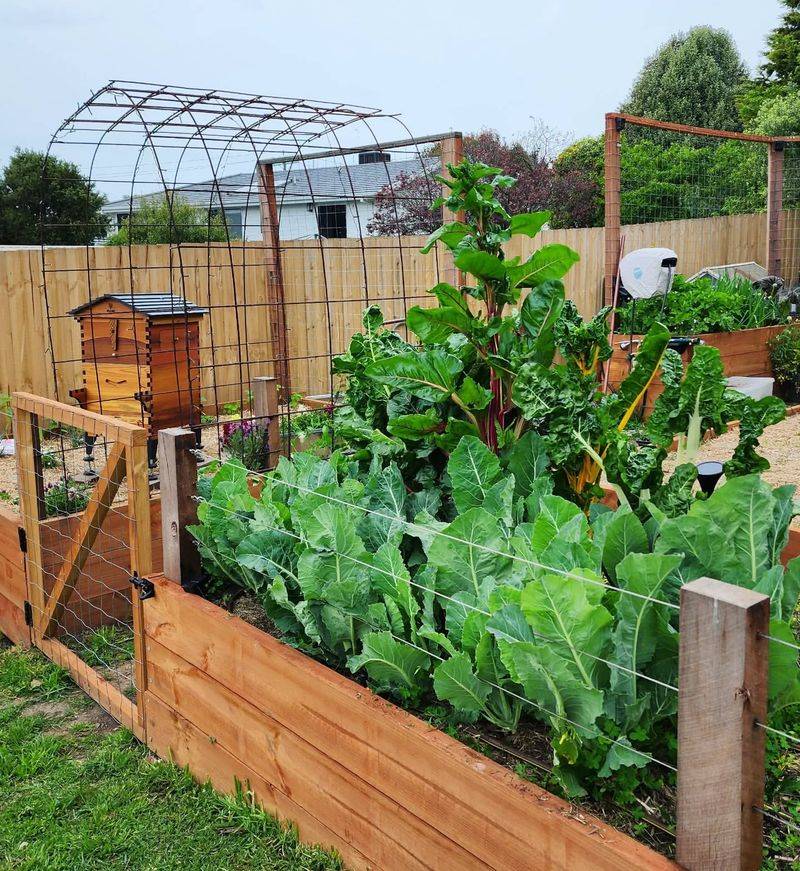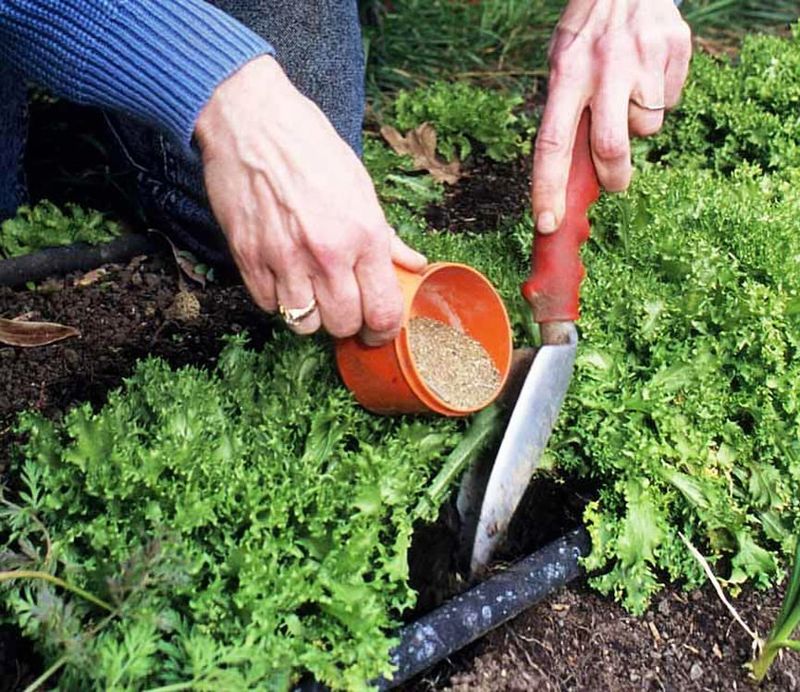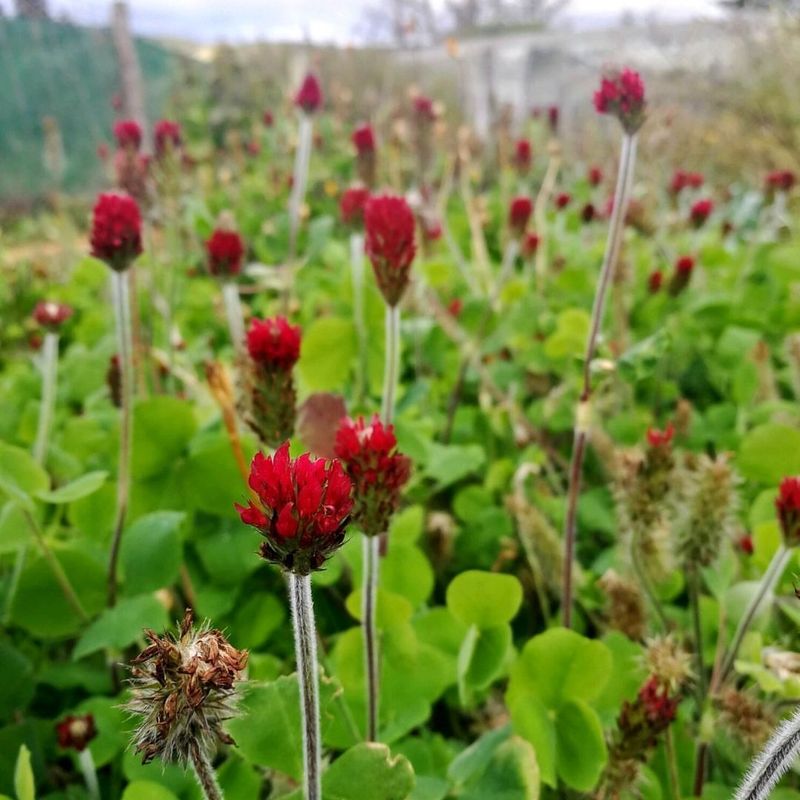If your raised beds in Nevada are looking tired after a long, dry summer, now’s the time to bring them back to life. With a few smart tweaks—like refreshing the soil, rotating crops, or adding a layer of compost—you can set your garden up for a strong fall finish.
These clever ideas don’t take much time, but they’ll make a big difference in how your plants bounce back.
1. Flush Out Mineral Buildup
Nevada’s water contains high mineral content that accumulates in soil over time. Run a slow hose in your beds for about an hour to leach out excess salts.
This process, sometimes called leaching, helps prevent the whitish crust that forms on soil surfaces. Your plants will thank you with improved nutrient uptake and healthier growth patterns.
2. Add Local Compost Magic
Nothing breathes life into tired soil like quality compost. Mix in a 2-inch layer of locally-sourced compost that’s already adapted to Nevada’s conditions.
Local materials contain microorganisms suited to our climate. Many community gardens around Las Vegas and Reno offer compost for members, or check with nearby farms for this garden gold.
3. Create Shade Structures
Late summer heat can still scorch your plants. Installing temporary shade cloth provides relief during intense afternoon sun.
A 30-40% shade cloth allows enough light while reducing temperature by up to 15 degrees. Mount it on PVC hoops or wooden stakes positioned on the western side of beds where afternoon sun hits hardest.
4. Mulch With Pine Needles
Pine needles make excellent mulch material for Nevada gardens. Collect them from areas around Lake Tahoe or local landscaped areas.
They decompose slowly, adding gentle acidity that counteracts our alkaline soils. A 3-inch layer will conserve moisture and gradually improve soil structure while suppressing weeds that compete with your plants.
5. Install Drip Irrigation
Fall is the perfect time to upgrade your watering system. Drip irrigation delivers water directly to plant roots with minimal evaporation.
For Nevada’s dry climate, choose pressure-compensating emitters that deliver consistent flow despite elevation changes. Connect the system to a timer programmed for early morning watering when evaporation rates are lowest.
6. Border With Heat-Reflecting Materials
Line the outside edges of your raised beds with light-colored rocks or pavers. These materials reflect sunlight back onto plants during shorter fall days while storing heat.
The stored heat releases slowly overnight, creating a microclimate that extends your growing season. White limestone or light granite works particularly well in our Nevada climate.
7. Test and Amend Soil pH
Nevada soils typically run alkaline (high pH), which locks up nutrients. Use a simple soil test kit from your local nursery to check your levels.
If pH exceeds 7.5, work in elemental sulfur following package directions. For raised beds measuring 4×8 feet, about 1-2 cups usually does the trick. This slow-acting amendment gradually brings pH into the ideal 6.0-7.0 range.
8. Introduce Beneficial Nematodes
Underground pest problems? Beneficial nematodes offer natural control. These microscopic organisms hunt down soil-dwelling pests without harming plants or beneficial insects.
Apply them in early evening when temperatures cool below 90°F. Water the area first, then spray the nematode solution. They work especially well against fungus gnat larvae, root weevils, and other pests common in Nevada gardens.
9. Revitalize With Cover Crops
Planting quick-growing cover crops like buckwheat or clover reinvigorates tired soil. These plants pull nutrients from deep soil layers and fix nitrogen from the air.
Sow seeds densely, water regularly, then cut down before they flower. Leave the chopped material as a green mulch or turn it under lightly. Nevada gardeners find this especially useful for beds that produced heavy feeders like tomatoes.
10. Apply Worm Castings
Worm castings are nature’s perfect fertilizer. Sprinkle a half-inch layer over your beds or brew them into compost tea for immediate feeding.
Rich in beneficial microbes and plant-available nutrients, they help rebuild soil structure damaged by Nevada’s intense heat. Local worm farmers at farmers markets often sell this valuable amendment for much less than retail garden centers.
11. Reinforce Bed Structures
Nevada’s extreme temperature swings cause wood and other materials to expand and contract. Check your raised bed frames for loose screws, warping, or rot.
Replace damaged sections and reinforce corners with metal brackets. For wooden beds, applying a non-toxic sealer to interior surfaces extends their life. Cedar and redwood naturally resist our dry climate better than other woods.
12. Add Mycorrhizal Fungi
Mycorrhizal fungi form partnerships with plant roots, dramatically improving water and nutrient uptake. Nevada’s native soils lack these beneficial fungi after years of development and disturbance.
Sprinkle the granular form directly into planting holes or mix into the top few inches of soil. These fungi essentially extend your plants’ root systems by up to 700%, crucial for survival in our challenging desert conditions.
13. Create Wind Barriers
Nevada’s gusty winds can damage tender plants and increase water loss. Install temporary windbreaks using burlap, lattice panels, or fast-growing sunflowers on the windward side.
Effective barriers should be 50-60% permeable to filter wind rather than creating turbulence. In Las Vegas, protection from southwesterly winds is most important, while northern Nevada often needs northwestern barriers.
14. Supplement With Trace Minerals
Nevada’s leached soils often lack crucial trace minerals. Kelp meal provides these micronutrients in plant-available form.
Sprinkle 1 cup per 4×8 foot bed and lightly incorporate it into the top inch of soil. The natural growth hormones in kelp also stimulate root development and stress resistance, helping plants handle our temperature extremes and water limitations.
15. Plant Nitrogen-Fixing Companions
Strategic planting of nitrogen-fixers alongside fall crops boosts soil fertility naturally. Bush beans, peas, or clover planted between rows of greens create living fertilizer factories.
The bacteria in their root nodules convert atmospheric nitrogen into forms plants can use. In Nevada’s nitrogen-poor soils, this companion planting strategy reduces the need for added fertilizers while improving overall bed productivity.

